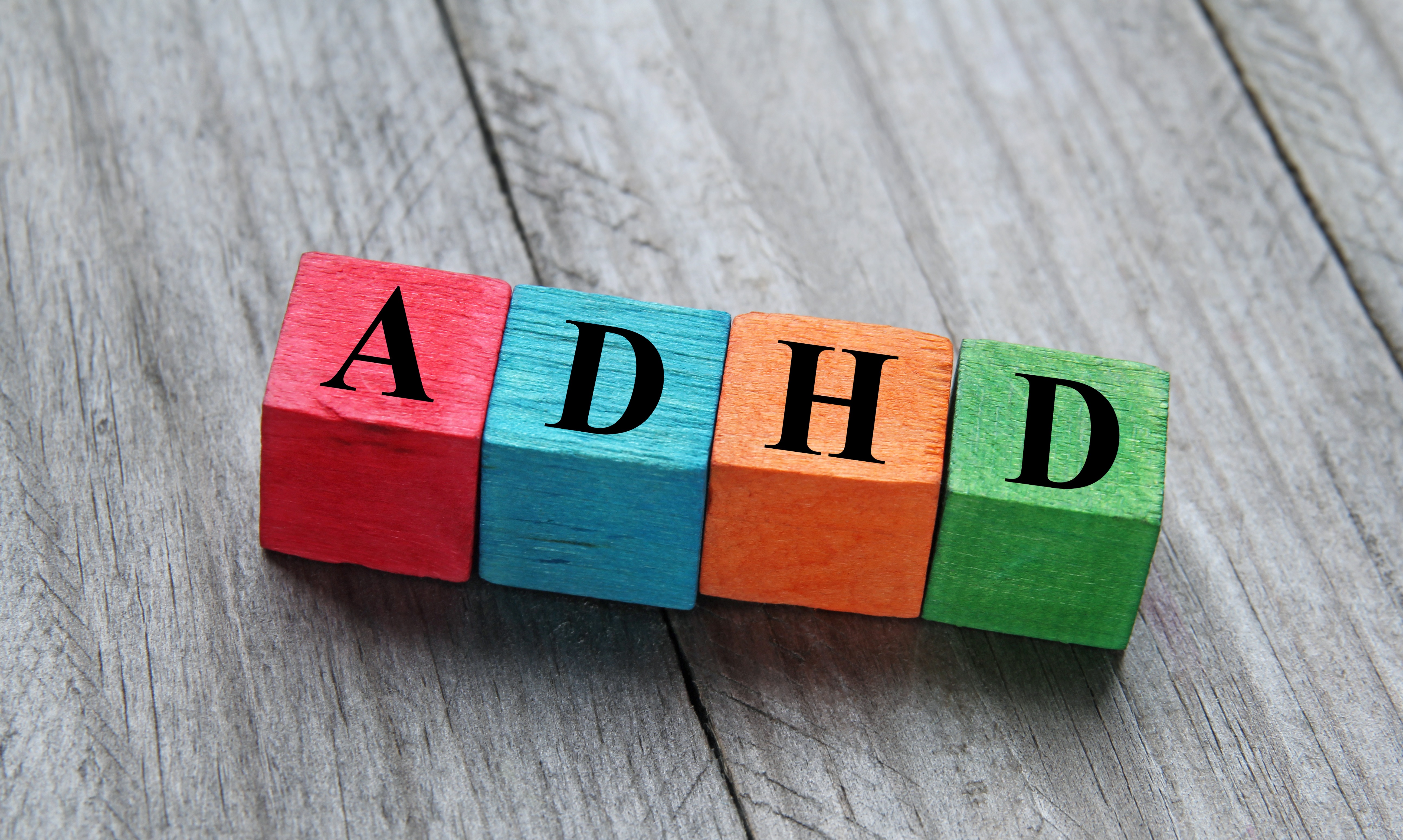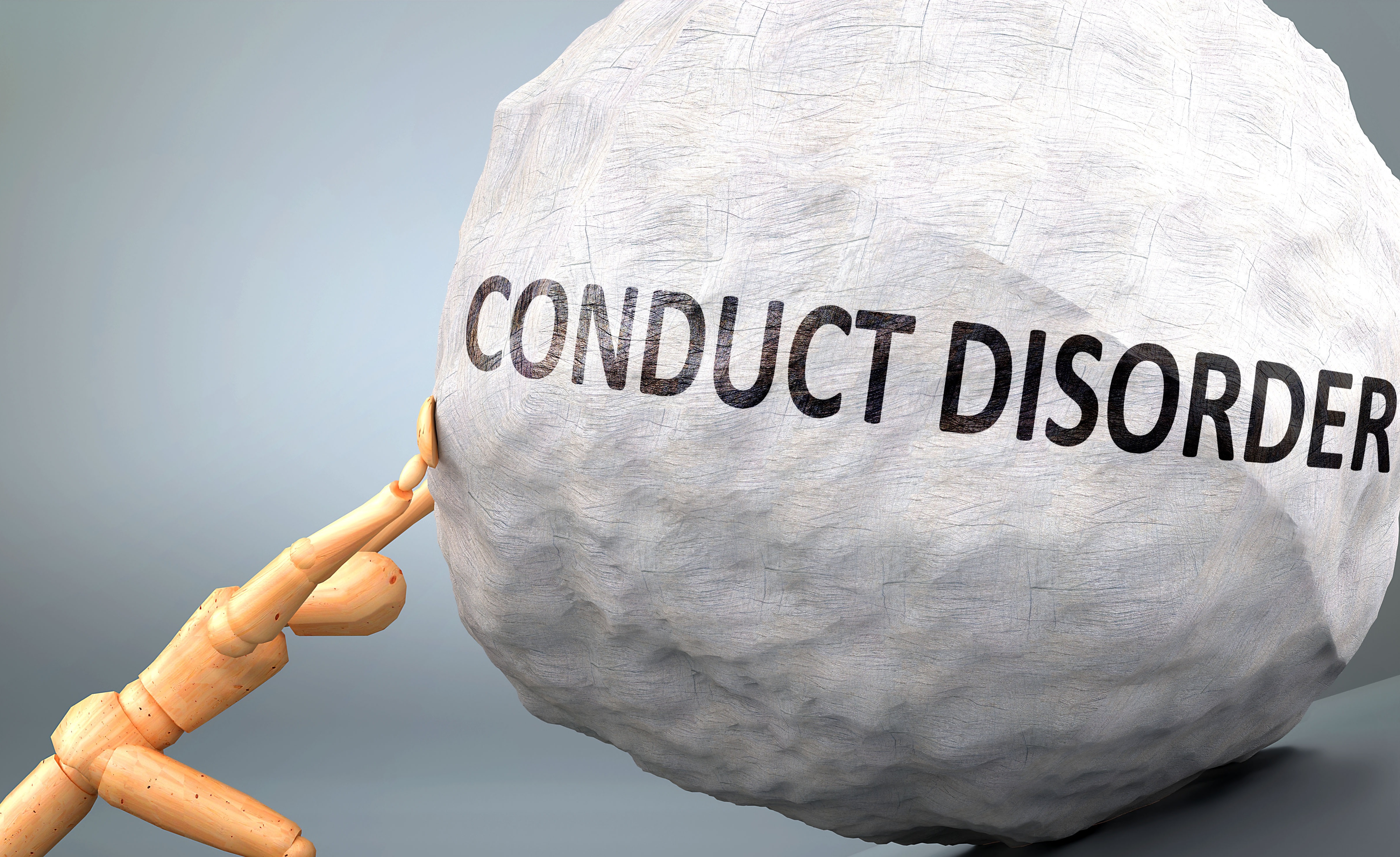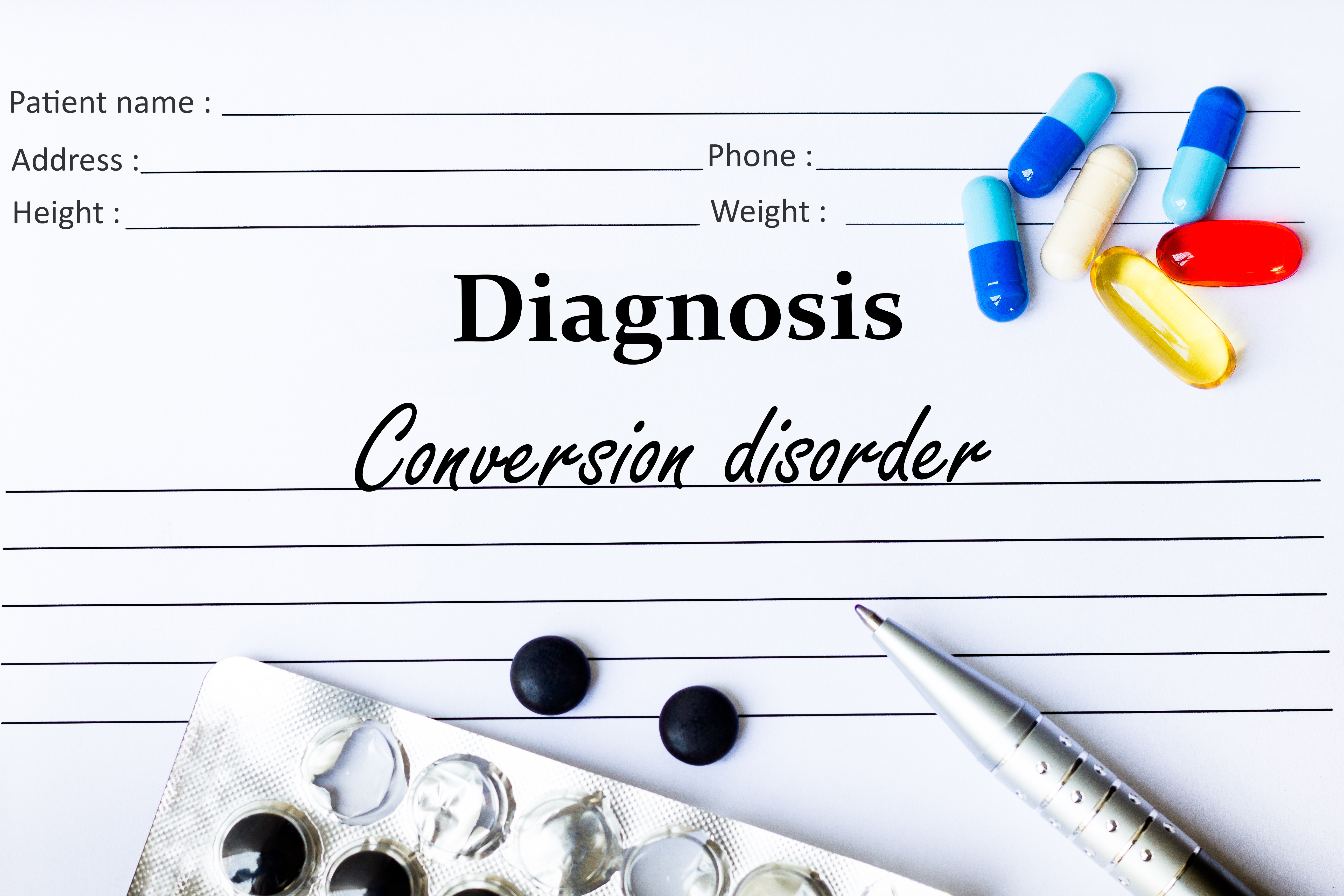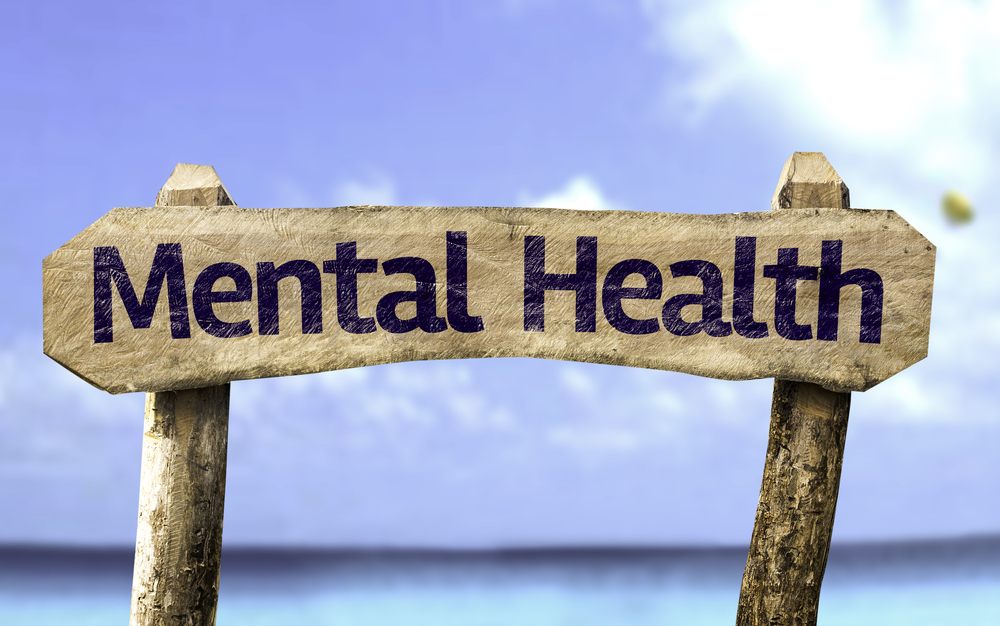Mental disorders
People with PTSD may also have co-occurring “comorbid” mental disorders. Common comorbid mental disorders include depression, personality disorders, and substance use disorders. Click on the tabs below to access all the information, or navigate the topics via the section on the left.
Image: ©Gustavo Frazao – shutterstock.com

Anxiety disorders
What are anxiety disorders in PTSD? Anxiety disorders are a group of mental disorders characterised by excessive fear or worrying. Anxiety disorders include generalised anxiety disorder, which is characterised by continuous and excessive worrying for six months or more. Specific phobias are characterised by anxiety provoked by a feared object/situation, resulting in avoidance. Social phobia is anxiety provoked by social or performance situations. Agoraphobia is anxiety about situations where escape may be difficult or help might not be available. Panic disorder is characterised by a panic attack, which is a distinct episode where a person experiences sudden apprehension and fearfulness…

Attention deficit hyperactivity disorder
What is attention deficit hyperactivity disorder (ADHD) in PTSD? Attention deficit hyperactivity disorder is a behavioural disorder characterised by inattention, hyperactivity, and impulsivity. The estimated prevalence in children under 18 years in the general population is around 5%. It can persist into adulthood with an estimated prevalence of 2.5% in the adult general population. What is the evidence for attention deficit hyperactivity disorder? Moderate quality evidence finds a small increase in the rate of attention deficit hyperactivity disorder in people with PTSD compared to people without PTSD. The rate of PTSD was also higher in people with attention deficit hyperactivity…

Bipolar disorder
What is bipolar disorder in PTSD? Bipolar disorders are a group of disorders characterised by episodes of mania or hypomania and depression. In between episodes, mild symptoms of mania and/or depression may, or may not, be present. The bipolar disorders include bipolar I, bipolar II, and cyclothymic disorder. Bipolar I disorder is characterised by mania, while bipolar II disorder is characterised by less severe hypomania. Cyclothymic disorder is the mildest of the bipolar disorders. A major depressive episode is at least two weeks of at least five of the following symptoms. Intense sadness or despair; feelings of helplessness, hopelessness or…

Conduct disorder
What is conduct disorder in PTSD? Conduct disorder is a repetitive and persistent pattern of behaviour where the basic rights of others or societal norms and rules are violated. Behaviours include aggression to people or animals, destruction of property, theft, and truanting. These behaviours cause impairment in social, academic, and occupational functioning and are often accompanied by a lack of feeling, remorse, concern, or empathy. To meet a diagnosis of conduct disorder, at least three symptoms need to be present during the past 12 months, with at least one present in the past 6 months. In addition to the individual’s…

Conversion disorder
What is conversion disorder in PTSD? Conversion disorder is a mental disorder characterised by symptoms that cannot be explained by any known neurological disease. The condition is often triggered by psychological or physical stress, but this is not always the case. The symptoms include weakness and/or paralysis, non-epileptic seizures, movement disorders, speech or visual impairment, difficulty swallowing, sensory disturbances, or cognitive symptoms. These symptoms can cause significant distress and functioning problems. What is the evidence for PTSD and conversion disorder? Moderate quality evidence finds a medium-sized effect of increased rates of PTSD in people with non-epileptic seizures compared to people…

Depressive disorders
What are depressive disorders in PTSD? Depression is characterised by a depressed mood or a loss of interest or pleasure in activities. Symptoms of depression include changes in appetite, weight, sleep, or psychomotor activity. There is often decreased energy, feelings of worthlessness or guilt, difficulty concentrating or making decisions, and thoughts of death or suicide. Depression may also be associated with increased hopelessness, which is the absence of positive future orientation. This topic concentrates on depressive disorders in PTSD. Please also see the topic on depressive symptoms under signs and symptoms of PTSD. What is the evidence for depressive disorders?…

Eating disorders
What are eating disorders in PTSD? Anorexia nervosa involves a lack of maintaining normal weight, usually less than 85% of the expected weight, and an intense fear of gaining weight. Bulimia nervosa involves binge eating followed by compensatory behaviours to prevent weight gain. Binge eating disorder does not involve compensatory behaviours. What is the evidence for eating disorders in people with PTSD? Moderate quality evidence found there may be increased rates of binge eating disorder or emotional eating in people with PTSD, although the evidence is very inconsistent. August 2021 Image: ©Aliaksandr Marko – stock.adobe.com

Personality disorders
What are personality disorders in PTSD? Personality disorders are enduring patterns of behaviours, thoughts and feelings that deviate from social expectations. Many people exhibit these traits occasionally, but deviations that persist across situations and cause significant distress and impairment are considered disorders. There are a number of different personality disorders. These include; antisocial personality disorder (disregard for the rights of others); schizoid personality disorder (detachment of social interactions and limited emotional expression); schizotypal personality disorder (discomfort of close relationships, cognitive distortions and eccentric behaviour); paranoid personality disorder (distrust and suspiciousness of others); borderline personality disorder (self-harming, difficulty relating to others);…
Green - Topic summary is available.
Orange - Topic summary is being compiled.
Red - Topic summary has no current systematic review available.
